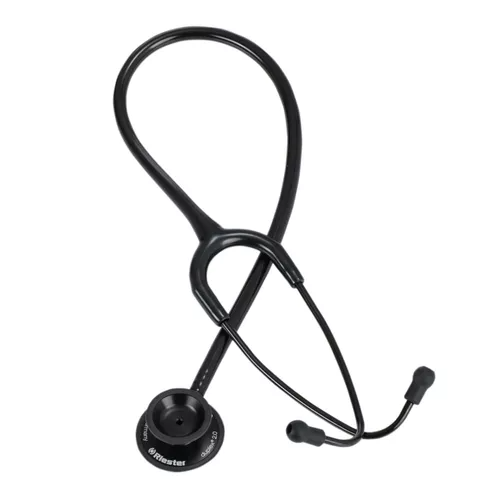
Classic Stethoscopes
Suitable for use in general practice, general wards, accident and emergency, urgent care, obstetrics and gynaecology.
A stethoscope is used to listen to and assess a patient’s heart, lungs, bowels, as well as taking pulse rate and blood pressure when used with a manual or aneroid sphygmomanometer.
Riester has a portfolio of stethoscopes ranging from classic stethoscopes for general practice, to specialist stethoscopes, like our pinard stethoscope, and more recently we have also developed a digital stethoscope: the ri-sonic®.

Suitable for use in general practice, general wards, accident and emergency, urgent care, obstetrics and gynaecology.
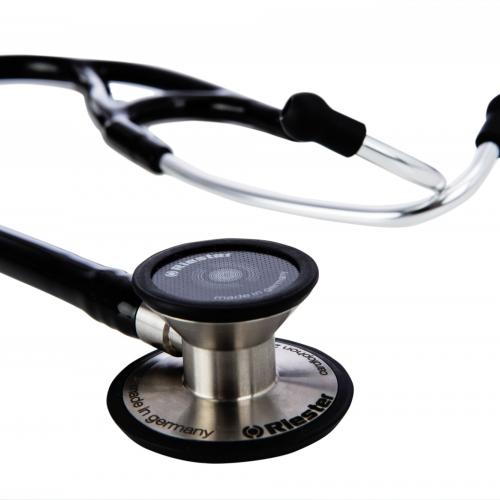
Our cardiophon 2.0 stethoscope has been specifically developed for cardiology helping you to perform auscultations of the heart.
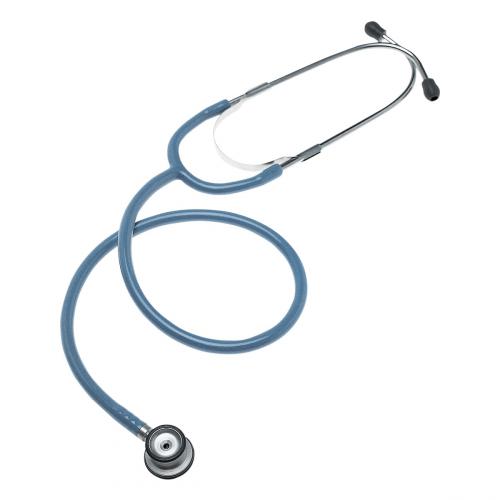
Our neonatal stethoscopes have all of the benefits of duplex® 2.0 and duplex® and are designed specifically with the smallest chestpiece.
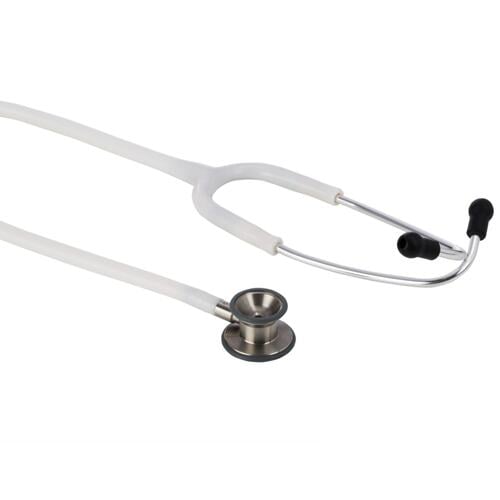
Our baby stethoscopes have all of the benefits of duplex® 2.0 and duplex® and are designed specifically with a smaller chestpiece.
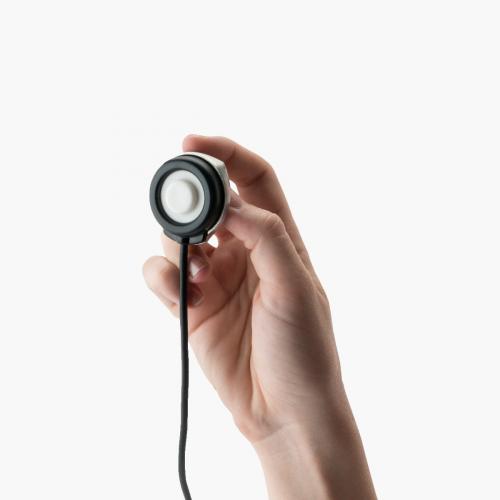
Accurately diagnose the patient and monitor a progression of an illness using a digital platform.
David and Dumitrascu emphasise the continued importance of stethoscopes in modern medicine:1
Two centuries after its invention, the stethoscope still remains a major tool in the hands of healthcare professionals. Despite the advent of X rays, CT, ECG, echocardiography and more recently of the electronic stethoscope, the classical stethoscope invented by Laennec still has its major role in the representation of healthcare providers and is a major utility in clinical diagnosis.
World Health Organisation (WHO) notes that heart disease remains the world's number one cause of mortality with pulmonary and respiratory associated disease ranked in the top five.2
Tubing (1), Stem (2), Chest piece (A): Non-chill rims (3), bell for low frequencies (4), Membrane (diaphragm) for high frequencies (5), Headset binaural (B): Ear-tips (6), Ear-tube (7).
A classic stethoscope is an acoustic listening device used to listen to body sounds amplified by its design, more commonly those emitted by the lungs, the heart, the abdomen and the intestines. There are two sides to a standard stethoscope: a bell (4) and a diaphragm or membrane (5). When the diaphragm or membrane is put on the chest, the sounds of the body cause the diaphragm or membrane to vibrate, generating sound waves that move up the tube to the user’s ears. When the bell is put on the chest, it is the skin that generates the vibrations from which sound waves travel up the tube. Issues with blood pressure, blood flow, respiration or foetus development, for example, can be detected by a trained user because of the distinctively different sounds they can hear.

Pereira, L., et al. (2017). Systematic review and meta-analysis of the diagnostic accuracy of non-invasive cardiac output monitors. Retrieved July 13, 2022, from https://www.ncbi.nlm.nih.gov/pmc/articles/PMC5536219/

World Health Organization. (n.d.). The top 10 causes of death. Retrieved July 13, 2022, from https://www.who.int/news-room/fact-sheets/detail/the-top-10-causes-of-death